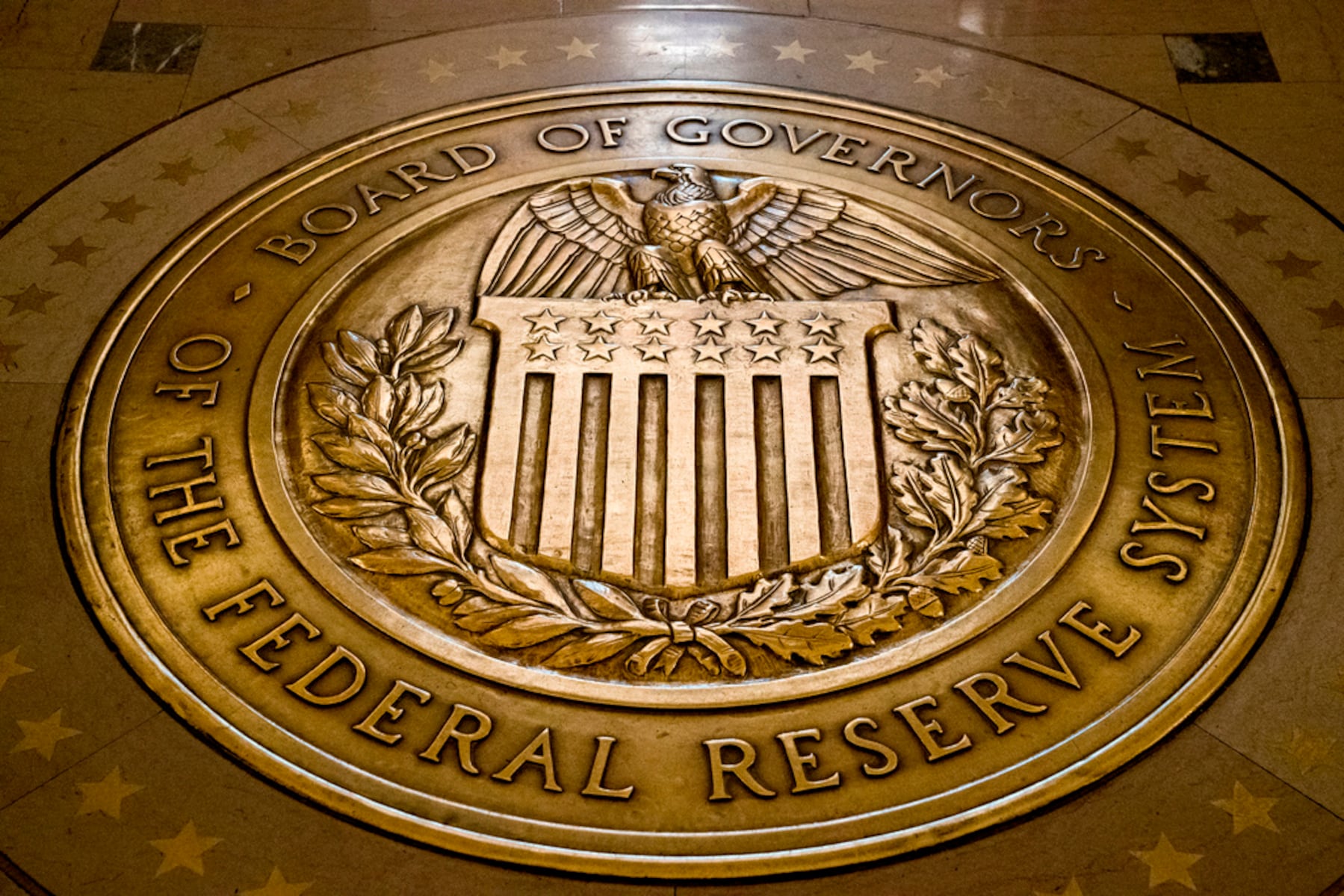Federal Reserve Chair Jerome Powell recently reiterated a cautious approach to adjusting interest rates, signaling that the central bank remains resolute despite persistent external demands for immediate cuts. This steadfast position underscores a deliberate strategy to navigate complex economic currents, prioritizing long-term stability over short-term political pressures. The decision reflects a broader commitment to sound monetary policy, carefully balancing the dual mandates of price stability and maximum employment.
The Federal Reserve’s latest meeting concluded with the key short-term interest rate remaining unchanged for the fifth consecutive time this year, holding steady at approximately 4.3%. This widely anticipated outcome, however, was accompanied by Powell’s indication that a clearer understanding of economic impacts, particularly from sweeping tariffs, could take several months. Such a timeline suggests that market expectations for a September rate cut are now less likely, pushing back the timeline for any significant shift in monetary policy.
Explaining the Fed’s patient stance, Powell emphasized the uncertainty surrounding the long-term effects of tariffs on inflation and the broader economy. He remarked, “We’ve learned that the process will probably be slower than expected,” highlighting the complexity involved in discerning whether tariff-induced price increases are transient or indicative of a more persistent inflationary trend. This careful assessment is crucial for the Federal Reserve to avoid premature actions that could destabilize economic outlooks.
Notably, the recent decision revealed emerging divisions within the Federal Reserve’s governing board. Governors Christopher Waller and Michelle Bowman cast dissenting votes, advocating for a reduction in borrowing costs. This marks the first instance in over three decades that two of the seven Washington-based governors have publicly dissented, indicating differing perspectives on the optimal path for monetary policy amidst current economic conditions. Governor Adriana Kugler was absent and did not vote, further underscoring the nuanced internal dynamics of the central bank.
The choice to maintain interest rates is almost certain to intensify political scrutiny, especially from former President Donald Trump, who has consistently pushed for the Federal Reserve to lower borrowing costs. Trump’s repeated demands are part of a broader effort to exert influence over one of the few remaining independent federal agencies. This ongoing tension highlights the delicate balance the Federal Reserve must strike between its economic objectives and external political pressures, particularly regarding the future of interest rates.
Market reactions to Powell’s statements were swift, with futures pricing indicating a significant drop in the probability of a September rate cut. Prior to the press conference, odds were nearly 60%, falling to just 45% afterward—effectively a coin flip. Unlike previous instances where Powell might have hinted at future monetary policy moves, he offered no such indications this time, stating, “We have made no decisions about September.” This firm yet non-committal stance reflects the Federal Reserve’s cautious approach to managing market expectations.
Powell further clarified the core framework guiding the Federal Reserve: inflation remains above the target 2%, while the job market, though showing some signs of slowing, is largely healthy. This assessment underpins the rationale for keeping interest rates elevated, as prematurely lowering them could risk an inflationary resurgence, while delaying too long might harm the job market. The upcoming release of the Fed’s preferred inflation gauge will provide further insights into the ongoing economic outlook.
The Federal Reserve’s 19-member rate-setting committee, of whom 12 vote, reflects diverse viewpoints on future monetary policy. While some members supported maintaining rates through year-end, others advocated for one or more rate cuts. The noted dissents by Waller and Bowman could foreshadow future policy shifts, particularly if a new Fed chair, potentially appointed by Trump, pushes for more aggressive rate reductions. This internal dynamic suggests a potential for continued debate over the direction of interest rates and the future of the Federal Reserve’s independence.





Leave a Reply